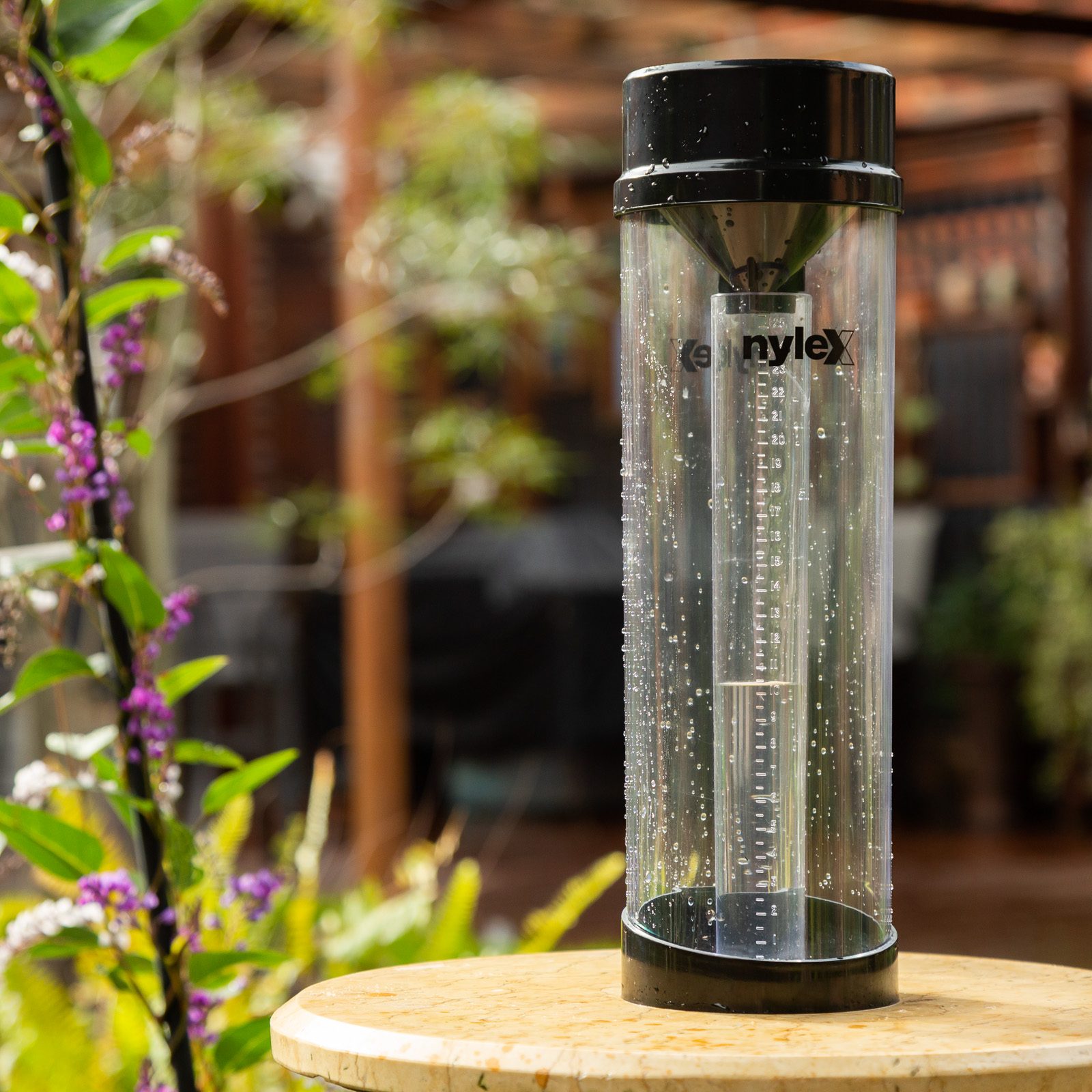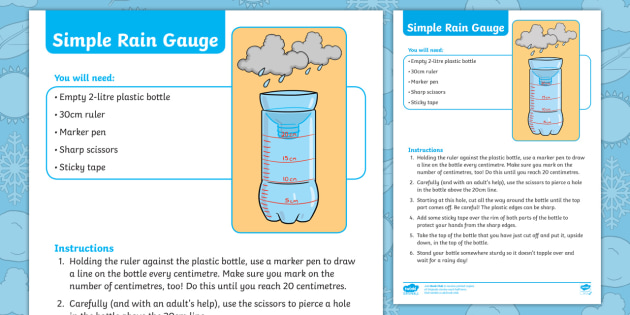Revealing the Scientific Research Behind Rain Evaluates: Just How These Devices Play an Important Duty in Climate Study and Environmental Monitoring
Rainfall evaluates, apparently straightforward tools, hold an extensive relevance in the realm of climate research and environmental surveillance. As we peel back the layers of this clinical veil surrounding rainfall assesses, we discover a world where accuracy, data precision, and meticulous observation converge to reveal a much deeper understanding of our altering climate and its effect on the earth.
Importance of Rain Scales
Rain evaluates play an important duty in monitoring and determining precipitation levels, providing crucial information for environment study and analysis. These gadgets are essential in measuring the amount of rains that takes place in a particular area over a particular duration. By accumulating and gauging rainwater, rain evaluates offer valuable insights right into the distribution and intensity of precipitation, helping meteorologists, hydrologists, and climatologists in recognizing weather condition patterns and patterns.
One of the essential reasons that rainfall gauges are important is their capability to offer local and precise data. Unlike satellite or radar-based dimensions, which provide wider observations, rainfall assesses deal specific info certain to the location where they are put. This localized data is vital for different applications, including flood projecting, drought surveillance, and water source administration. In addition, long-lasting information collected from rain evaluates aids in examining environment adjustment influences and patterns, contributing significantly to clinical research and decision-making procedures. Fundamentally, rain determines work as necessary devices in the field of weather forecasting and environmental science, playing an essential role in progressing our understanding of weather and climate dynamics.
Sorts Of Rain Gauges

Performance and Procedure
In the world of environment research and atmospheric researches, the performance of rainfall gauges lies in their complex performance and exact operational mechanisms. Rainfall gauges are developed to precisely gauge the quantity of precipitation that drops over a particular area during a collection period.
The functionality of rain assesses is based upon the principle of determining and collecting rainwater in a standard way. This gathered data is critical for comprehending neighborhood weather condition patterns, tracking lasting climate patterns, and examining ecological effects. To make sure accurate measurements, rainfall determines need to be purposefully placed in open locations far from obstructions such as structures or trees that might hinder the collection procedure.
The operational element of rainfall gauges involves normal maintenance to avoid see post debris accumulation, calibration checks to preserve dimension accuracy, and data tape-recording for evaluation (rain gauge). On the whole, the performance and procedure of rain determines are important for gathering dependable rainfall data crucial to environment study and ecological surveillance
Role in Environment Research Study
Offered the crucial relevance of accurate precipitation measurements in recognizing weather patterns and environmental effects, the function of rainfall assesses in climate research is vital. Rainfall evaluates offer important data for environment study by measuring the amount of rainfall that drops over a details area throughout a provided duration. This data is important for checking long-term patterns in precipitation patterns, examining the influence of environment change on rains circulation, and improving climate designs.

Climate scientists make use of information gathered from rainfall gauges to analyze variations in rainfall levels, determine local climate fads, and assess the performance of water source monitoring approaches. By comparing historical precipitation information with existing dimensions, researchers can find changes in precipitation patterns, such as adjustments in the frequency or strength of rainfall events. This info is important for understanding how environment adjustment is influencing rainfall dynamics and can assist policymakers make educated choices concerning adjustment and reduction methods.
Applications in Environmental Tracking

In flood forecasting, rain scale information assists to track rains intensity and distribution, permitting authorities to provide timely warnings and take required actions to minimize flood threats (rain gauge). Drought tracking counts on rain scale information to examine dampness levels in the soil and track rainfall deficits, aiding in the identification of drought-prone locations and the application of dry spell reaction methods
In addition, rainfall scale information plays an essential duty in water source monitoring by giving information on water schedule and use patterns. Additionally, in farming, rainfall scale information helps farmers in enhancing watering timetables, crop selection, and total farm administration methods based on neighborhood rainfall patterns.
Conclusion
Finally, rainfall evaluates are crucial tools for determining precipitation, supplying beneficial data for environment research study and environmental tracking. With different kinds and functionalities, rainfall determines play an essential duty in recognizing precipitation patterns and their effect on the you can look here atmosphere. By accurately determining rains, these tools contribute to the innovation of scientific expertise and assistance in making educated decisions pertaining to water resource management and catastrophe readiness.
Rain evaluates play an important function in tracking and measuring precipitation degrees, giving necessary data for climate research and analysis. The standard rain gauge, recognized as the "tipping container" gauge, is one of the most frequently made use of tools. Ultrasonic rainfall gauges usage sound waves to identify the existence of rain, providing real-time data on rainfall levels.Climate scientists use information gathered from rain evaluates to assess variations in rainfall degrees, identify local climate fads, and assess the performance of water source administration approaches.In final thought, rainfall evaluates are crucial tools for measuring rainfall, giving important information for climate study and ecological surveillance.